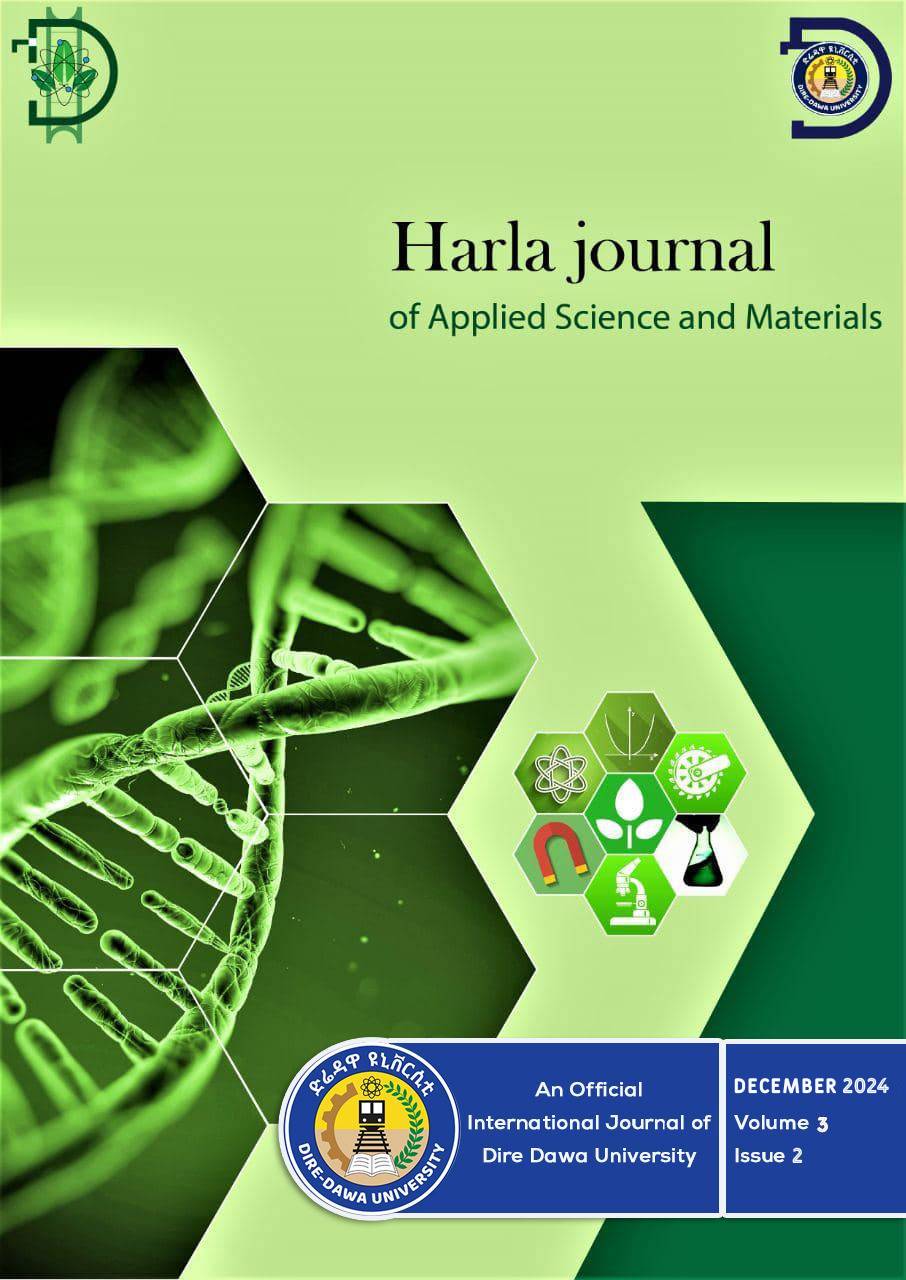Comparative study of Radiation Doses Patients Received during X-ray Examinations in Dire Dawa Hospitals
DOI:
https://doi.org/10.20372/hjasm.v3i2.150Keywords:
Radiation dose, X-ray, Entrance Surface Air Kerma (ESAK), RadiographAbstract
Assessing and evaluating the exposed radiation dose absorbed by the patients during x-ray examinations is demanding. The aim of this study was to assess and examine comparatively the patient doses in the most common radiographic X-ray examinations in selected hospitals in Dire Dawa city, Ethiopia. Optically Stimulated Luminescence Dosimetry (OSLD) device was used in the laboratory to measure the x-ray tube output and its calibration. Moreover, a cross-sectional study design with quantitative and qualitative data was used to evaluate the obtained results.Examination parameters of 133 radiographs were exploited to evaluate the entrance surface air kerma (ESAK) of patients undergoing chest posterioanterior (PA), abdomen anterioposterior (AP), and lumbar spine anterioposterior (AP) in seven health facilities. Tube values of kV, mAs, and FFD used ranged from 54-119 kVp, 0.5-120 mAs, and 100-150 cm, respectively. Analyses were performed on measurements throughout the seven health facility radiological centers. Hospital means of ESAKs were estimated in a range from 0.13 – 1.540 mGy for chest PA, 0.470–4.538 mGy for Lumbar Spine AP, and 0.405- 4.905 mGy for Abdomen AP. In all hospitals, ESAK for chest exams is higher than the recommended values from International and national Diagnostic Reference Levels (DRL) except in two private health facilities, Yemariam Work Higher Clinic (YHC) and Bilal Hospital (BH). For the other examinations, the values were within the recommended values. In conclusion, The results of this study will be helpful to avoid unnecessary x-ray exposure hence preventing unwanted radiation associated complications and for the formulation of national reference levels as recommended. Due to relatively high tube output in all except two hospitals YHC and BH in chest PA x-ray examinations, it is recommended to increase in the filtration of exposures in these hospitals. In addition quality control of the darkroom is highly demanding in these hospitals. It is also concluded that radiographers adhere to guidelines for quality radiographs for standardizing their practice.
Downloads
Published
How to Cite
Issue
Section
License
Copyright (c) 2024 Harla Journals and Author(s)

This work is licensed under a Creative Commons Attribution-NonCommercial 4.0 International License.






